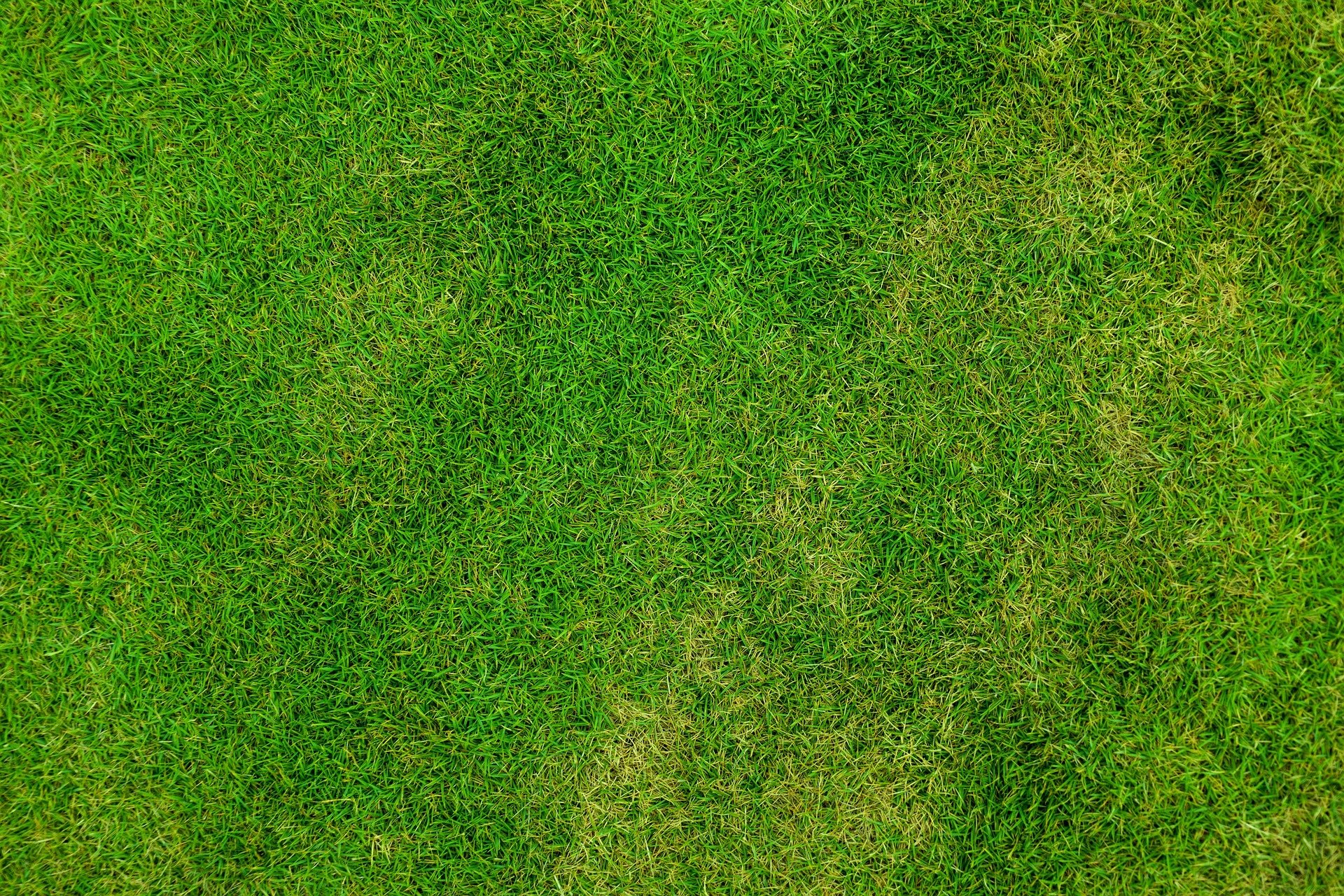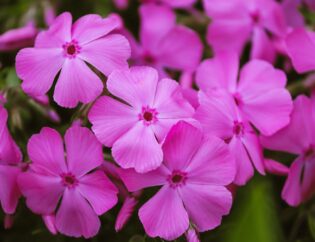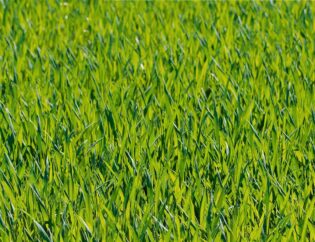
A beautiful yard is a point of pride for many homeowners. But it’s amazing how relatively small problems can really ruin the aesthetic. Patchy grass, water issues, and the work to rehabilitate a lawn are time consuming, but these problems are definitely solvable.
How to Fix Patchy Grass
Patchy grass is a common concern in otherwise lovely lawns. Common causes are:
- Improper watering
- Improper mowing and maintenance (only remove one third of the height of the grass at a time)
- Pest or insect damage
- Disease
- Foot traffic (from both people and dogs)
- Not enough fertilizer
- Improper chemical application
- Too much shade and a lack of sunlight
- Compacted soil (correct with lawn aeration)
Areas shaded by trees or structures will tend to have thin grass and struggle more than those that receive more sun. Frequently, foot traffic will wear patchy areas, and sometimes the cause is a disease like powdery mildew or an insect infestation.
To fix patchy grass caused by thinning, traffic, or injury from cutting too short, try reseeding the area. Grass seed is available in a wide variety of blends. Try to identify the type needed for your lawn, and then apply by hand or with a seed spreader.
For lawns suffering from pest or mildew damage, there are treatments and traps available at home and garden centers. First, identify the pest or illness as accurately as possible. Additionally, read the label for application and safety guidelines. If treatments do not work, avoid piling on chemicals and instead contact an expert.
New seed may require an application of topsoil or top dressing and correction of compaction before the grass can grow. Frequent watering will prevent the seedlings from drying out as the new grass and root systems start to grow.
Bare spots in a patchy lawn may require a full reseed. Thinning areas can be salvaged before that point by overseeding. After germination of the new grass seedlings, mowing the area can resume. But in the meantime, stay off brand new grass and make sure it doesn’t wilt.
Dealing with Too Much Water in Your Landscape
Too much water in your yard can be caused by soil that doesn’t absorb water and grading issues. It can also be caused by flaws in the landscaping design. Luckily, there are some ways you can deal with too much water in your landscape.
One way is to till organic matter into the soil and properly prepare the ground before sod and perennials are installed. You can also try removing heavy thatch using a dethatcher. Once you’ve removed the plant debris, you can pierce the turf with a garden fork or lawn aerator. Aerated soil drains properly and is much healthier.
Finally, you can install a drainage system. Routing water to a French drain or dry well can solve pooling in the yard and prevent major problems down the line.
Working with Too Little Water in Your Landscape
Depending on the time of year and annual precipitation, there may be too little water available to plants. After all, water needs vary with temperature and a perennial trying to establish roots in March will have an easier time than in the August heat.
Usually, the solution to inadequate precipitation is to put in an irrigation system. Further, a smart or automated irrigation system means that the plants are not only watered but cared for on schedule with zero added effort. Lawns usually use sprinklers and a drip system is useful for trees and shrubs.
However, some homeowners have a goal of a water-wise landscape. In that case, hand watering to establish the plants and then leaving them to nature’s care (except during drought) can be a successful strategy. Of course, plants for these types of gardens must be chosen carefully.
How to Remove Grass
Sometimes, a lawn has major problems that overseeding and maintenance just won’t fix. Maybe the lawn is more dirt than grass, and a new sod installation is needed to start over completely. Other times, the grass type is wrong for the location and a better suited species is required.
No matter the reason, there are a few ways to get the job done.
With a Shovel
If a day of hard work isn’t a deterrent, the old fashioned way to remove grass is to dig it out with a shovel. When done carefully, the sod is cut in long strips and dug out with roots intact. Then, the sod can be disposed of or transplanted to another area of the yard.
With Cardboard
If manual labor isn’t for you, you can try smothering. Cut your grass as short as possible and cover it with cardboard or old newspaper. Without sunlight, the grass will wither and die. To control pests, remove the grass before re-planting the area.
With Solarization
Solarization is another great option to remove grass. Lay plastic sheet over the lawn and weigh it down to keep it in place. Sunlight heats the ground, and the plastic traps the heat killing both grass and weeds. Again, remove any decaying lawn for the health of the yard.
With a Tiller
Finally, a tiller can be used to break up the sod for removal. While they can be used to completely till under the lawn, there’s a high likelihood of grass coming back in weedy patches.
If the goal is to gravel or mulch the area, then tilling grass into the soil may work. Otherwise, it’s best to still remove as much grass as possible to prevent weed control headaches down the line.
After the grass has been removed, it is possible to use the space for another purpose like a patio or rehabilitate the lawn with new sod.
Got Landscaping Problems?
We’re here to help. At Atlanta Turf & Tree, we take pride in a job well done and have been crafting beautiful landscapes that double as living art since 2007. With over 35 years of combined experience, our landscaping services experts are standing by to help on your next project.









